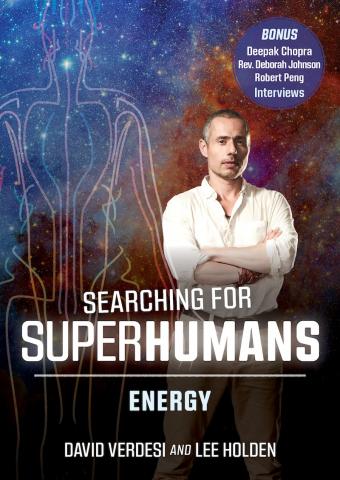Searching for SUPERHUMANS: ENERGY – How Far Can Human Potential Go?
May 17, 2021
YMAA presents the three-part documentary series Searching for SUPERHUMANS by Lee Holden and David Verdesi.
Xingyi, Bagua, Taiji and Liuhebafa
August 26, 2019
The approach to teaching and studying martial arts in China was based upon a monastic tradition that is characterized as door, hall, and chamber teaching. In times past the monastery, both Daoist and Buddhist, served as schools for medicine, the classics, and martial arts.
Qi: Science or Magic?
November 26, 2018
Tai chi and similar exercises are yielding phenomenal results for a large variety of health concerns. When I began collecting case stories, I was amazed at the number of people who have benefited from these exercises, often in dramatic ways. That tai chi and various qigong exercises increase blood oxygen saturation indicates that it is no coincidence that the Chinese word "qi" (pronounced "chi") is so strongly associated with these exercises. Despite qi's common association with the metaphysical and energy work, at its most basic level qi is best understood from its literal translation as "air."
Radiant Lotus Qigong for Women
March 6, 2017
Throughout China, Japan, India, Egypt and other Eastern countries, the beautiful lotus flower is famed for its ability to grow in muddy, stagnant waters, absorbing what is useful and releasing what no longer supports its optimum health. Amidst challenging conditions, it breaks through the darkness to bring light, beauty, strength and grace to our world.
Sai Design and Fighting Theory
January 27, 2016
The correct length and weight of the sai varies from individual to individual. Of course, as with any weapon, the longer and heavier it can be without compromising the handling, the better it is in a combat situation. As the proverb goes, "One inch longer, one inch stronger" (一寸長, 一寸強, Yī cùn cháng, yī cùn qiáng).




